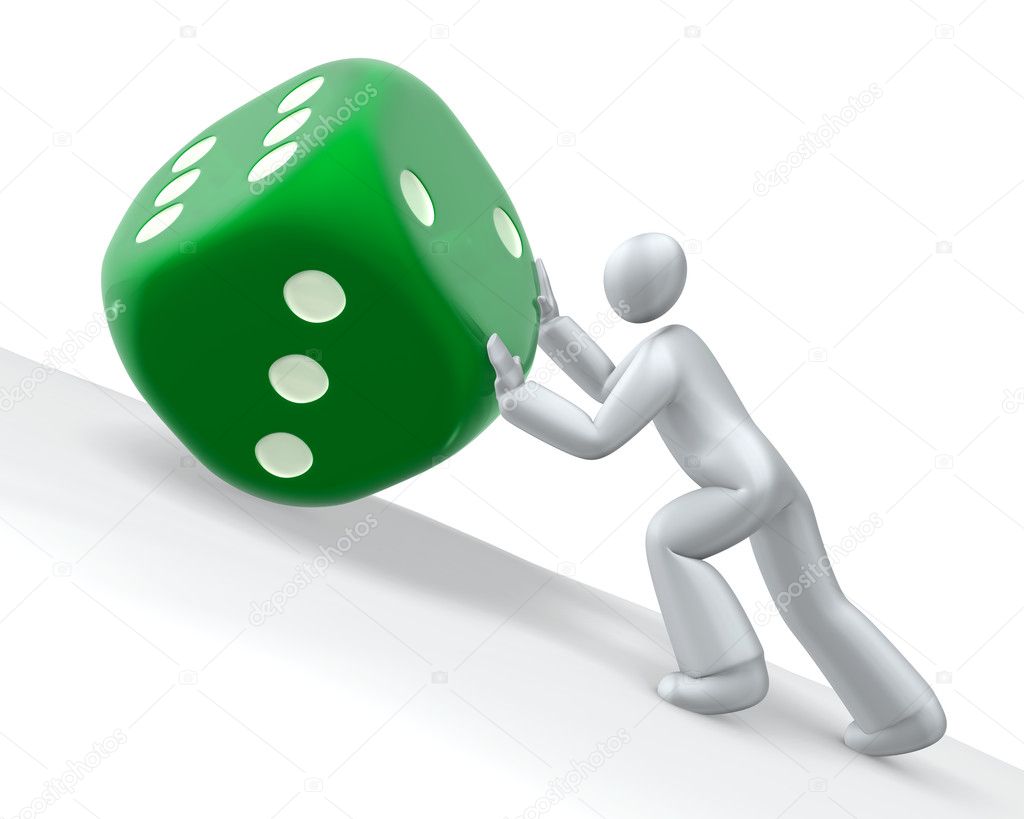I have been DMing for a while, but I have recently come across a method of worldbuilding that has transformed how I create campaigns. This method also allows me to make shorter campaigns that have a end-point trajectory, rather than one that is open ended, and helps me to create satisfying stories. Additionally, this helps to reduce the amount of effort that needs to be performed from session-to-session, by frontloading the most important parts of the campaign preparation before the start of the game.
In short, the process has 3 phases
Phase 1
You get the idea for the kind of world the adventure will take place in. The general story themes and concepts you would like to play around with as well. Write a 1 page treatment for what the world is like and what the broad locations in the world appear to be, and send it to your players. 1 page is important, because it forces you to distill down what is unique and interesting about this world.
For example, in my most recent campaign prep I made a treatment of what the factions in the world are, the virtues of the different areas of the world, and a statement of what is common historical knowledge versus what are secrets that are not commonly known. I ended with a statement of what the themes are going to be for this world as well. NOTE: You should not know what the plot of the actual game is at this stage.
Phase 2
After the players have read your brief 1 page treatment of the world, ask them what kinds of characters they want to play. Work with them on their backstories to make sure they bookend with eachother for a matter of convenience, and ask them to provide information about their families and what aspirations and goals their characters have, or what kinds of stories they want for their characters.
This allows players to either lean into, or purposefully away from the elements of your world. As long as they do one or the other, this process has worked, as they can be part of the established culture of the world, or part of the counter-culture. Either way, you have material and character motivation to work with. The only way this does not work, is if they clearly did not actually engage with the world in some fashion during their character creation. If you notice that, try to gently encourage it with additional requests for information from them.
Phase 3
Use all the information your players gave you to worldbuild and plot out your campaign. Did you have a player who wrote a lot? GREAT! The NPCs will become major plot NPCs, the events depicted will become common knowledge, with some hidden truths that player didn’t know. But before you know what your players want to do, you can’t know what kind of plot will engage them. This is where the actual plot for your campaign is written.
This makes your players into collaborators for your story, which will make them invested in the goings on. Additionally, if you know exactly who their characters are and what they want, then you simply need to place obstacles within the plot between them and their desires. Or better yet, present them with interesting decisions or bespoke antagonists that challenge their sense of self. This allows you to be INCREDIBLY detailed and plan out plot beats ahead of time because you are essentially building a railroad to exactly where the players want to go.
Railroading is bad because it usually doesn’t honor the choices of the players. This is railroading, but it honors the players’ decisions.
Finally, I should credit where this idea came from, as this is the method that Brennan Lee Mulligan of Dimension 20 fame has described in multiple instances. My latest games have actually been the easiest to prep from session to session, because I have done a lot of the hardest work prior to the start of the campaign.
And as for the game-to-game prep, I have to credit Slyfourish. His ‘Lazy DM Guide’ series also keeps my ‘procrastinating’ work down to a minimum as I focus on what is the most important for the game sessions.
As with many of my other posts, I have crossposted this to the /r/dndnext subreddit. Feel free to upvote it there for higher visibility.


My favorite DMing style is what I like to call “train line DMing.” The train goes to all the stops but you can do whatever you want at them.
There is a plot, no crazier than any purchased campaign, but it’s structure consists of a chain of open-ended* scenarios. Its a contract: the players are willing to follow the general and well telegraphed line of plot hooks and in return they do whatever they want in the scenarios and I do my best to incorporate their interests and backstories.
And like all contracts it starts with explaining that and seeing who is interested. Example: “I want to run a short campaign where you explore X looking for Y. Be whoever you want, except one key part of your character is they want to find Y.” Then we do it if people want.
*Open-ended here means “no right/pre-planned answer” not “no ending to lead to the next part.” For example, city A has a cult to deal with and the leader has a letter pointing to city B. Whether they kill the leader, join the cult, plan an economic take down to render the cultists penniless and impotent, or something weirder, they get the letter.